Viewing your photos as a slideshow can enhance the experience of reminiscing over memories or displaying images for others. Windows 11 offers multiple ways to create and view slideshows, whether on your desktop, lock screen, or using various applications. This guide will walk you through different methods to set up a photo slideshow on your Windows 11 computer.
1. Run a Slideshow Using the Photos App
The Photos app on Windows 11 provides a convenient way to view your images as a slideshow, especially when showcasing them on an external display. You can immediately start a slideshow with selected images or organize them into a folder for easy access.
Step 1: Open the Photos app. Click on the Start Menu and type Photos, then select the 'Photos' app from the search results.

Step 2: To create a folder with selected pictures, go to the 'All Photos' tab. Select the images you want to include in your slideshow by checking the boxes on each photo or by holding the Ctrl key while clicking on multiple images. After selecting the desired photos, click on the 'Move/Copy' button in the ribbon menu and choose 'Move to a folder'.
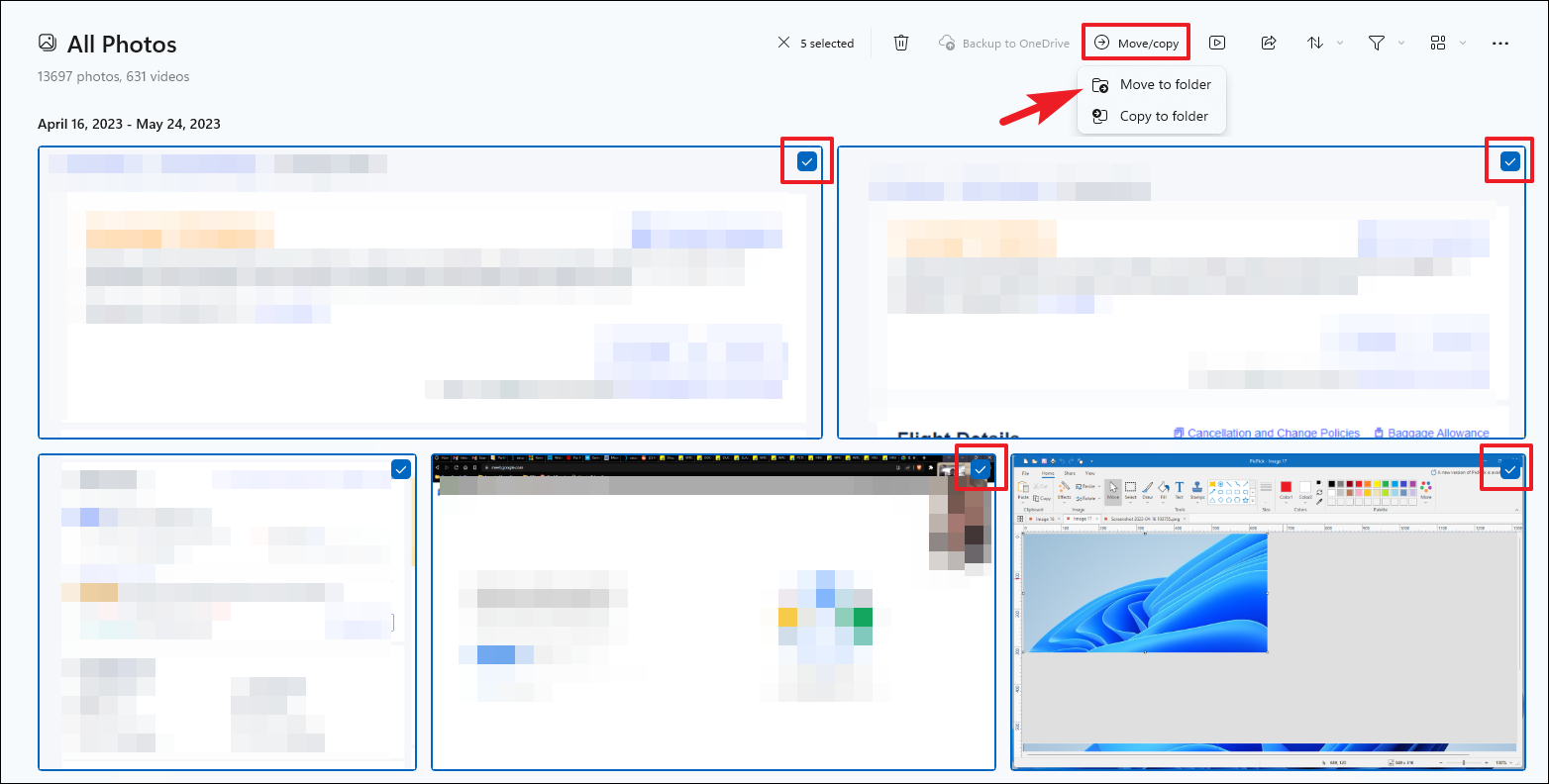
Note: You can select photos using the checkboxes or by holding down the Ctrl key while clicking on individual thumbnails.
Step 3: In the overlay window that appears, select the directory where you want to create the folder. Click on 'Create Folder'.

Step 4: Name your new folder appropriately and click 'Create'.

Step 5: After naming the folder, click 'Move' to transfer the selected images into it.

Step 6: Navigate to the newly created folder from the main dashboard using the left sidebar.

Step 7: Start the slideshow by clicking on the 'Start Slideshow' button or by pressing F5 on your keyboard.

If you prefer to run a slideshow without creating a folder, simply select the images you wish to view and click on the 'Start slideshow' button in the ribbon menu.

During the slideshow, background music will play by default. To mute it, click on the 'Sound' icon on the floating bar. You can also customize animations, transitions, loops, and music themes by clicking on the 'Music' icon.
2. Set Up a Slideshow Using Windows Media Player
Windows Media Player, still included with Windows 11, can be utilized to play a slideshow of your images. Ensure all the photos you'd like to include are placed in a single folder for easy access.
Step 1: Open File Explorer and navigate to your 'Pictures' directory. If it's not pinned in the sidebar, you can enter the following path in the address bar and press Enter:
C:\Users\<your username>\PicturesNote: Replace <your username> with your actual Windows username.

Step 2: Create a new folder by right-clicking in the blank space, selecting 'New', and then 'Folder'. Give the folder a relevant name and move all the desired images into this folder.

Step 3: Open Windows Media Player. Click on the Start Menu, type Windows Media Player, and select 'Windows Media Player Legacy' from the results.
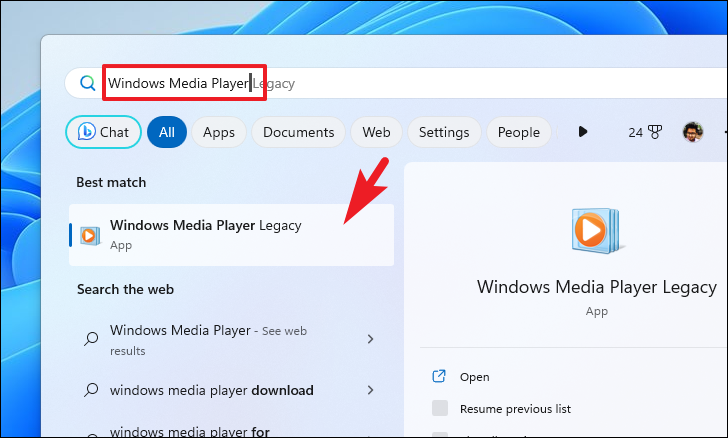
Step 4: If prompted, choose 'Recommended Settings' to proceed. On the main interface, click on the 'Pictures' tab on the left sidebar, then select the 'Folder' option on the right.

Step 5: Navigate to the folder you created earlier and double-click on it to open.

Step 6: Start the slideshow by clicking the 'Play' button.
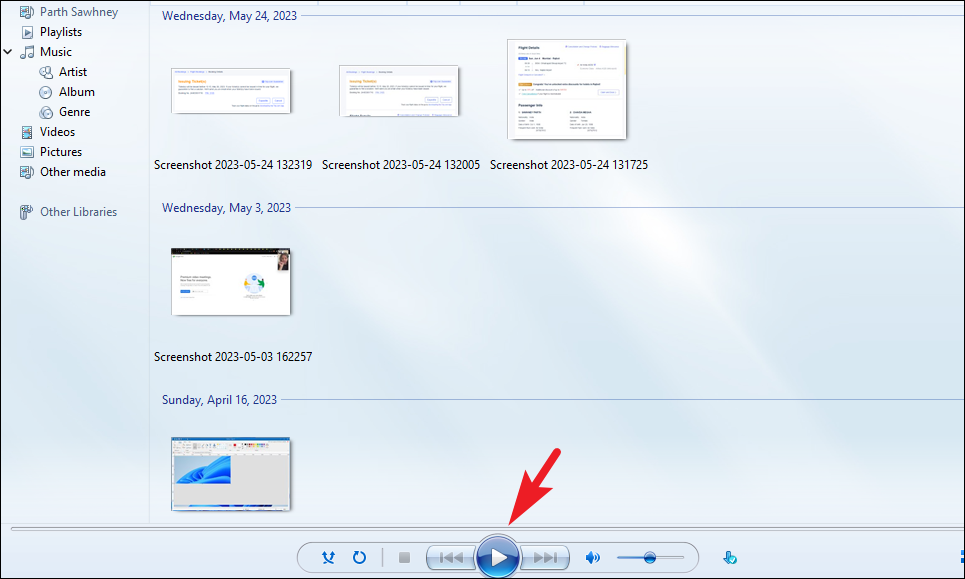
Step 7: If the slideshow doesn't start in full-screen mode, click on the 'Fullscreen' icon located at the bottom right corner.

3. Set Up a Slideshow as Desktop Wallpaper
Setting a slideshow as your desktop wallpaper allows you to enjoy your favorite images right on your desktop background. Before starting, ensure all the images you want in the slideshow are stored in a single folder, as Windows allows selecting only one folder for the slideshow.
Step 1: Open the Settings app by clicking on the Start Menu and selecting 'Settings'.

Step 2: In the Settings window, select 'Personalization' from the left sidebar.

Step 3: Click on the 'Background' option in the right pane.

Step 4: In the 'Personalize your background' section, click the dropdown menu and choose 'Slideshow'.

Step 5: Click on the 'Browse' button to select the folder containing your images. Navigate to the folder and select it.

Step 6: Set the time interval for changing images by selecting your preferred duration from the dropdown menu under 'Change picture every'.

Step 7: If you want the pictures to display in a random order, toggle on 'Shuffle the picture order'.

Step 8: By default, the slideshow pauses when your device is on battery power. To allow it to continue, turn on the option 'Let slideshow run even if I'm on battery power'.

4. Set Up a Slideshow as Lock Screen
You can personalize your lock screen by setting a slideshow of your favorite images. Make sure all the pictures you want to include are stored in one or more folders.
Step 1: Open the Settings app from the Start Menu and select 'Personalization' from the left sidebar.

Step 2: Click on 'Lock screen' in the right pane.

Step 3: Under 'Personalize your lock screen', click the dropdown menu and choose 'Slideshow'.

Step 4: Click on the 'Browse' button to select the folder containing your images. Use the File Explorer window to navigate to and select the desired folder.

Step 5: To add additional folders, click 'Browse' again and select another folder containing images you wish to include in the slideshow.

5. Set Up a Slideshow as Screen Saver
You can also set a slideshow of your images as a screensaver. Here's how to configure it:
Step 1: Open the Settings app and navigate to 'Personalization' from the left sidebar. Then, select 'Lock screen' on the right.

Step 2: Scroll down to the bottom of the Lock screen settings and click on the 'Screen saver' option. This will open the Screen Saver Settings window.
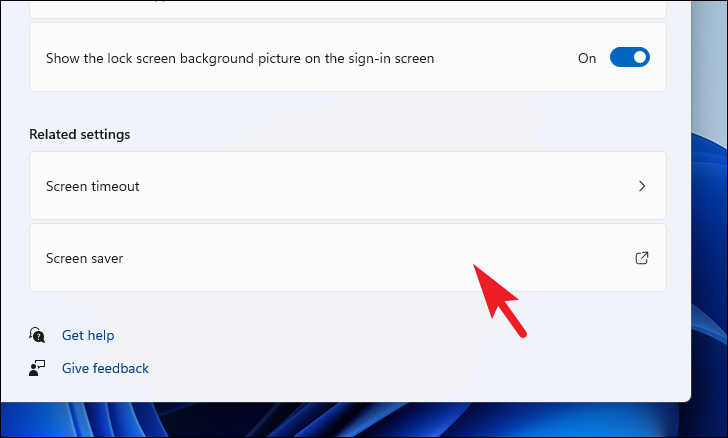
Step 3: In the Screen Saver Settings window, click on the dropdown menu under 'Screen saver' and select 'Photos'.

Step 4: Click on the 'Settings' button to configure slideshow options.

Step 5: In the Photos Screen Saver Settings window, click on 'Browse' to select the folder containing your images.

Step 6: Choose the slideshow speed (Slow, Medium, or Fast) from the dropdown menu.

Step 7: If desired, check the box to 'Shuffle pictures'. Once you've set your preferences, click 'Save'.

Step 8: Back in the Screen Saver Settings window, set the 'Wait' time (the period of inactivity before the screensaver starts). Click 'Apply' and then 'OK' to save your settings.

6. Set Up a Slideshow Using Google Photos
If you prefer using an online solution or don't have access to the built-in Windows apps, you can create a slideshow using Google Photos through your web browser.
Step 1: Open your preferred browser and go to photos.google.com. Sign in with your Google account credentials.
Step 2: If your photos are not already uploaded, click on the 'Upload' button to add images from your computer.

Step 3: After uploading, select the images you want in your slideshow by clicking the check marks on each thumbnail. Then, click the '+' icon.

Step 4: Choose 'Album' from the options presented. An overlay window will appear.
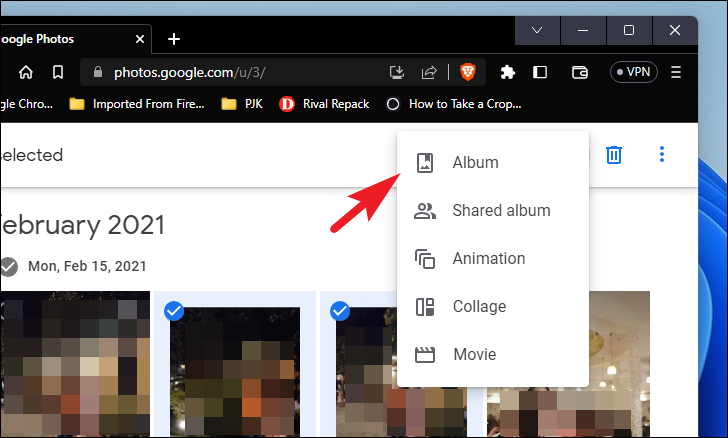
Step 5: Click on 'New Album' in the overlay window.

Step 6: Name your album and click 'Done' to create it.
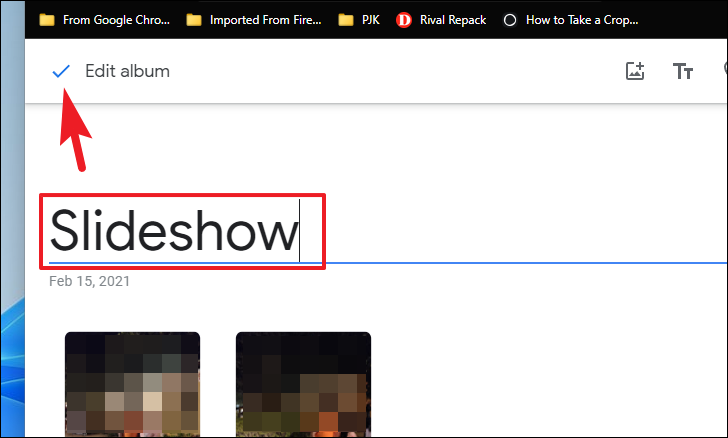
Step 7: Within the album, click on the 'ellipsis' (three dots) icon.

Step 8: Select 'Slideshow' from the dropdown menu. The slideshow will begin playing in fullscreen mode.

Google Photos will now display your selected images as a fullscreen slideshow.
These are the various ways you can enjoy your photos as a slideshow on Windows 11, whether using built-in features or external applications.


